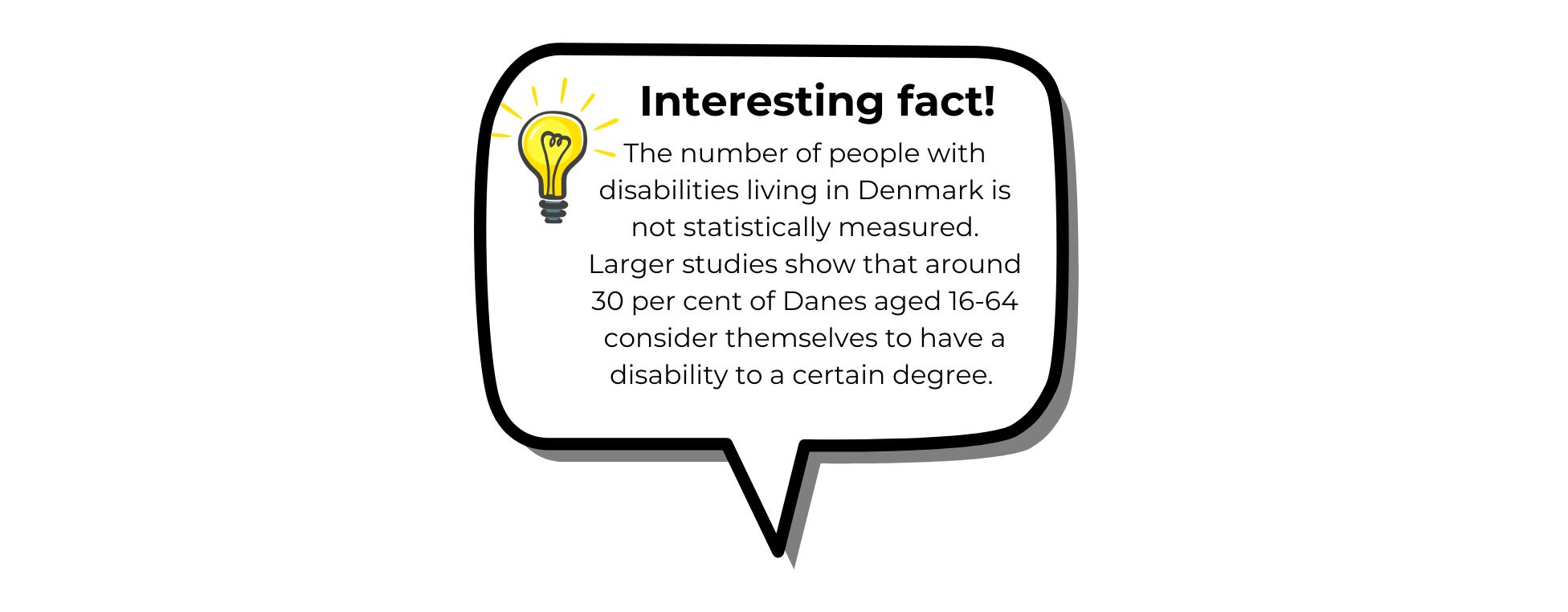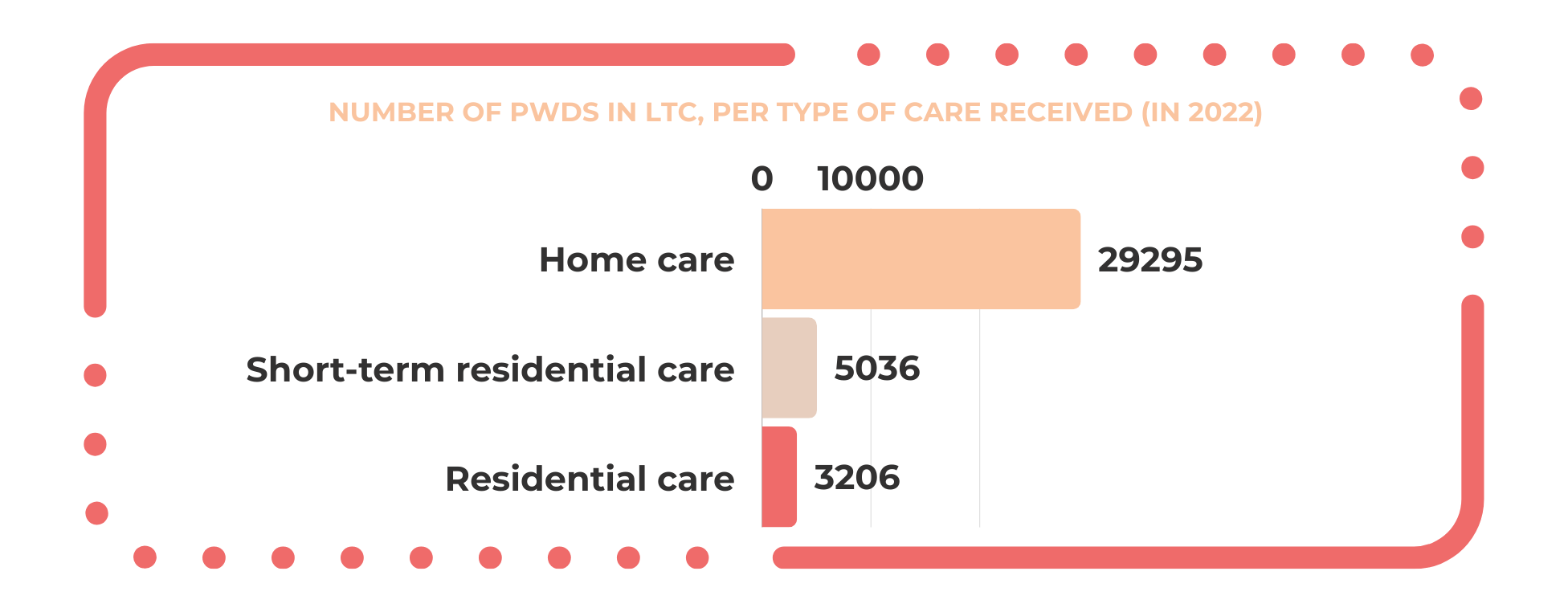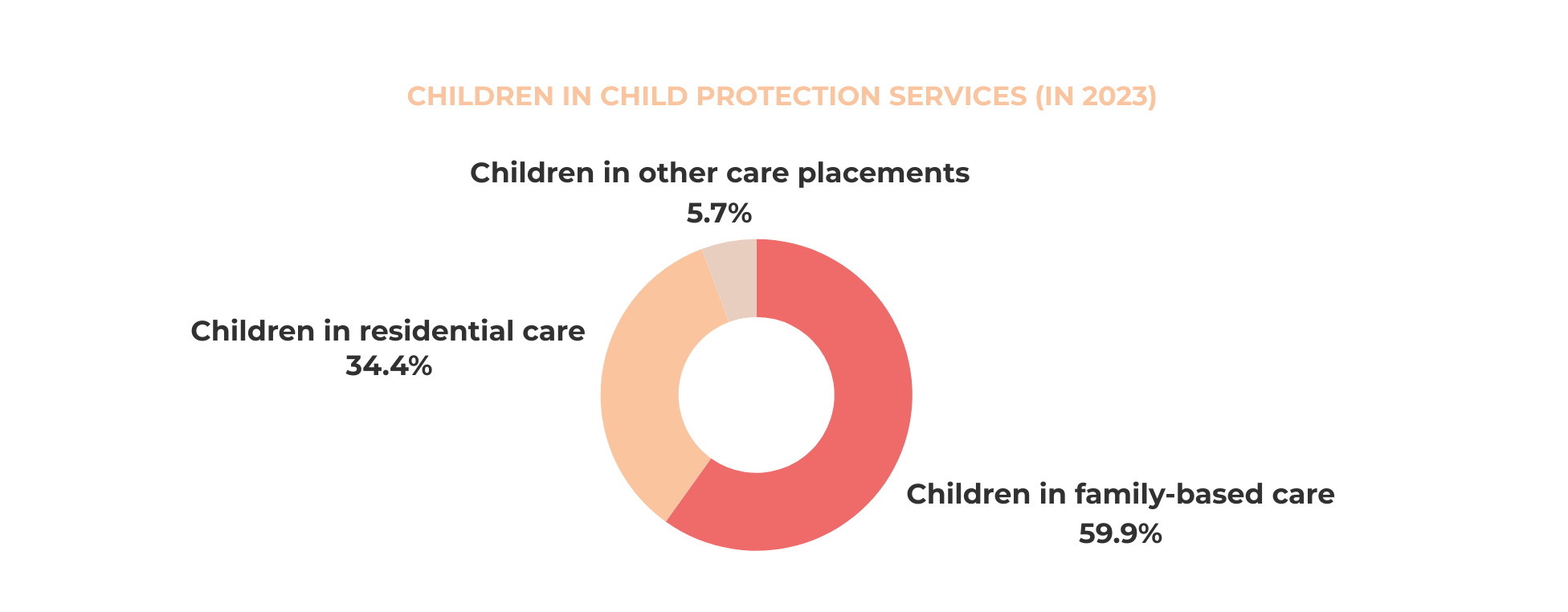Recommendation
The Danish government should put in place a plan to ensure continuing support and development of a sufficient workforce within the welfare sector. Investing in the training and retention of these essential workers is paramount to ensuring the well-being and prosperity of the country. The government should focus on the implementation of a comprehensive strategy that includes competitive salaries, ongoing professional development, and improved working conditions to attract and retain talent in this vital field.
Social Services Policy and Legal Framework
Right to access social services ✅
The right to access social services is acknowledged in the Social Service Act
Definition of social services ✅
In Denmark, social services are defined by the Social Services Act (Serviceloven), which establishes the framework for social support and welfare services. The Act outlines the responsibilities of municipalities and regions in providing social services to residents, focusing on promoting well-being, social inclusion, and quality of life for individuals and families in need. Specific services mentioned in the act are, for instance: prevention & counselling services, outreach, help and support, social care for people with disabilities and older people, social housing, social emergency and mental health support, personal household support, home care, respite care, employment support, cash benefits and assistive products for people with reduced mobility. This is a non-exhaustive list of services mentioned in the Social Services Act.
National catalogue of social services ❌
No, there is no national catalogue of social services, but the Social Services Act lists which social services must be made available to residents in Denmark.
National strategic plan for social services ❌
There is no Strategic Plan for Social Services at the national level. The Danish system is characterised by a high degree of decentralisation, where the municipalities have the responsibility to provide and plan social services However, the government is in regular and frequent dialogue with the municipalities and regions on the state and future of social services with the inclusion of relevant stakeholders.
Responsibilities of national/ regional/ local authorities 🤝
Social services responsibility is primarily decentralised, meaning that municipalities and regions play a significant role in planning and implementing social services. Each municipality is responsible for providing social services to its residents, including welfare, care for older people, and support for people with disabilities.
The regions are responsible for facilities providing highly specialised social services.
The Danish national government may set overarching national policies and guidelines, the strategic planning and execution of social services is largely managed at local level. The national government may provide frameworks and funding, but the municipalities tailor specific strategies and services to local needs.
Social Services Expenditure
Total public expenditure for social benefits and in-kind support*: € 53,468,017,367.76 (in 2023). This is 14 % of total GDP.
*This includes cash benefits and in-kind social support.
Source: Statistics Denmark, 2023
Coverage
Long-term care for older people
Number of people aged 65+: 1,211,329 / 20 % of the total population in 2023
- Number of older people receiving publicly funded LTC, by type (in 2022):
a. Long-term care in total: 222,810 / 15 % of the total number of people aged 65+
b. Care home / nursing housing: 40,529 / 3 % of the total number of people aged 65+
c. Rehabilitation: 26,144 / 2 % of the total number of people aged 65+
d. Home care: 156,137 / 13 % of the total number of people aged 65+.
2. Day care
a. Number of day care centres for older people (2022): 436 or 1 day care centre per 2,776 people aged 65 and over.
b. Number of people with long-term care needs supported by day care centres (in 2022): 11,962*
*not just older people
Source: Statistics Denmark, 2023
- Residential care centres
a. Number of residential care centres for older people (2022): 948 or one residential care centre per 1,278 people aged 65+.
Source: Statistics Denmark, 2022

Source: Statistics Denmark, 2023
Long term care for people with disabilities (PWD)


Source: Statistics Denmark, 2022
Employment for people with disabilities:
Number of PWD in sheltered employment in 2023: 5,621
Source: Statistics Denmark, 2023
Child protection services
Children in alternative care: 13,876

Source: Statistics Denmark, 2023
Women’s support
- Number of women victims of domestic violence: 82,000 (in 2020)
Source: Social and Housing Agency, 2023
- Number of women supported by domestic violence services: 2,953 (in 2022)
Source: Statistics Denmark, 2022
- Number of crisis centres for women: 85
- Number of places at centres for women victims of domestic violence: 863 (in 2023)
Source: Ministry of Social Affairs, Housing and Elderly, 2023
Homelessness and social housing
- Number of accommodation places for homeless persons: 3,014
- Number of people who stayed in shelters for homeless people: 7,224
Source: Ministry of Social Affairs, Housing and Elderly, 2023
- New social housing apartments approved for construction: 3,625
- New social housing apartments built: 2,719
Source: Ministry of Social Affairs, Housing and Elderly, 2023

